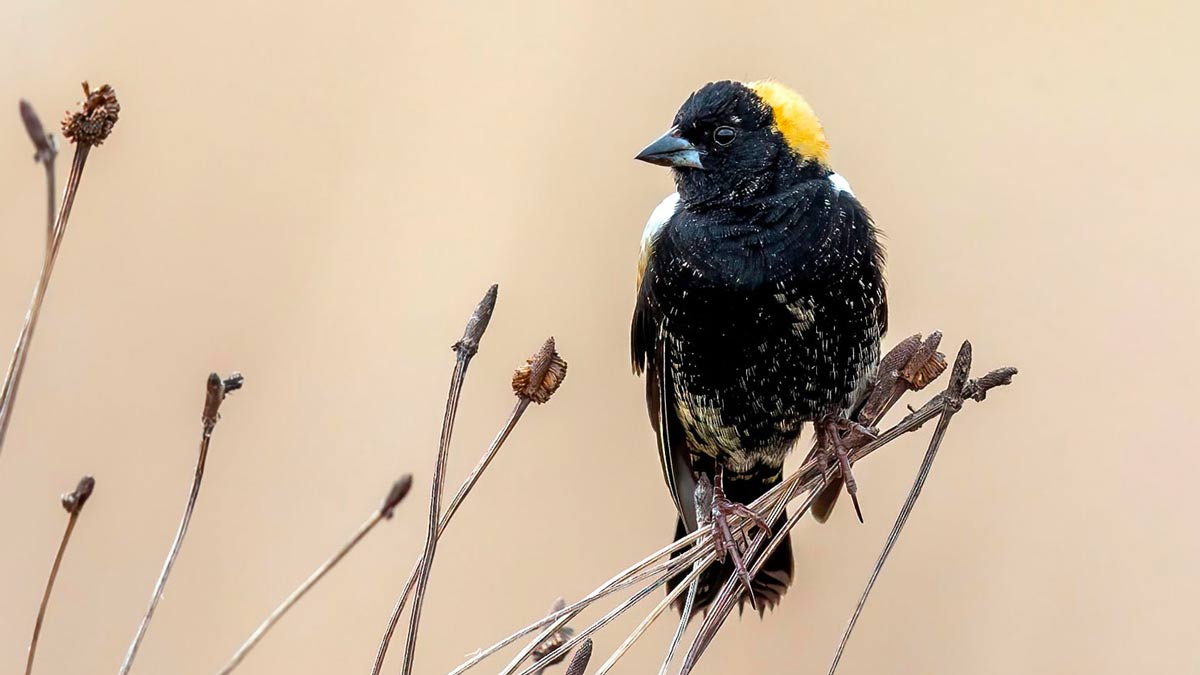Makintrax73
Member
I've been of a mind that much of the incredible decline in pheasant and quail hunting East of the Miss might be related to to widespread use of RoundUp. It's use seemed to coincide with the decline, and we don't really see bird numbers in many areas even if there is habitat. I had a couple theories about downstream affects.
Two years ago I re-leased the farm to a rather unconventional farmer. This has been lucrative financially, paying rents equal or above the market, but he actually shows some care about what chemicals go on the ground, and what habitat is maintained. In any case he disagrees with me about RoundUp being a driver of bird pop decline. He sent me some comments yesterday:
"In good news for hunting, the cover crop biomass and no use of neonics or other insecticides seems to be improving beneficial insects on the property. Brooding birds rely on insect larvae for the high protein diet they need. Neonic seed treatments have a 5 year half life, are water soluble and research has shown they are taken up by subsequent crops and adjacent plants!!!
99% of all seed contains neo nic insecticide. We have to seek out seed that does not have them and it’s not easy to do.
In addition, we do not add insecticides to herbicide passes and do not spray fungicides or insecticides this time of year. All have an impact on food sources, breeding and life expectancy of birds. I recently made a post on Facebook about environmental side effects of fungicides.
In checking the corn last night with the handy driveways through the field compliments of the power company, there is zero leaf tissue disease. Soil health, the plant nutrients and biologicals at planting have greatly help prevent diseases. Then we will foliar apply a nutritional and biological that will continue to keep the plant healthy and resistant to disease. Unfortunately no other farmers do this approach yet. I hope they would, but thick heads are hard to penetrate!
I hope you begin to notice the changes in the eco system at your farm. I can tell by residue decomposition, insect species, and weed species that it was farmed very traditionally with conventional inputs and seed treatments. It wasn’t intentional, it was just not knowing any different. The Nutrien’s of this world are not often interested in doing or selling less. It is beginning to shift now and hope you begin to notice differences in the next couple of years."
Interesting thoughts. Certainly there are a lot of problems in the corn belt with loss of habitat and overall fragmentation. I have to wonder if this is part of the puzzle also. A little light digging into the research seems to indicate that neonics do happen to be pervasive in the environment, damage certain insects at low concentrations, and spread. In any case he has the lease wrapped up for a couple more years, and the rents are good, so he has no reason to sell me on snake oil.
Two years ago I re-leased the farm to a rather unconventional farmer. This has been lucrative financially, paying rents equal or above the market, but he actually shows some care about what chemicals go on the ground, and what habitat is maintained. In any case he disagrees with me about RoundUp being a driver of bird pop decline. He sent me some comments yesterday:
"In good news for hunting, the cover crop biomass and no use of neonics or other insecticides seems to be improving beneficial insects on the property. Brooding birds rely on insect larvae for the high protein diet they need. Neonic seed treatments have a 5 year half life, are water soluble and research has shown they are taken up by subsequent crops and adjacent plants!!!
99% of all seed contains neo nic insecticide. We have to seek out seed that does not have them and it’s not easy to do.
In addition, we do not add insecticides to herbicide passes and do not spray fungicides or insecticides this time of year. All have an impact on food sources, breeding and life expectancy of birds. I recently made a post on Facebook about environmental side effects of fungicides.
In checking the corn last night with the handy driveways through the field compliments of the power company, there is zero leaf tissue disease. Soil health, the plant nutrients and biologicals at planting have greatly help prevent diseases. Then we will foliar apply a nutritional and biological that will continue to keep the plant healthy and resistant to disease. Unfortunately no other farmers do this approach yet. I hope they would, but thick heads are hard to penetrate!
I hope you begin to notice the changes in the eco system at your farm. I can tell by residue decomposition, insect species, and weed species that it was farmed very traditionally with conventional inputs and seed treatments. It wasn’t intentional, it was just not knowing any different. The Nutrien’s of this world are not often interested in doing or selling less. It is beginning to shift now and hope you begin to notice differences in the next couple of years."
Interesting thoughts. Certainly there are a lot of problems in the corn belt with loss of habitat and overall fragmentation. I have to wonder if this is part of the puzzle also. A little light digging into the research seems to indicate that neonics do happen to be pervasive in the environment, damage certain insects at low concentrations, and spread. In any case he has the lease wrapped up for a couple more years, and the rents are good, so he has no reason to sell me on snake oil.

